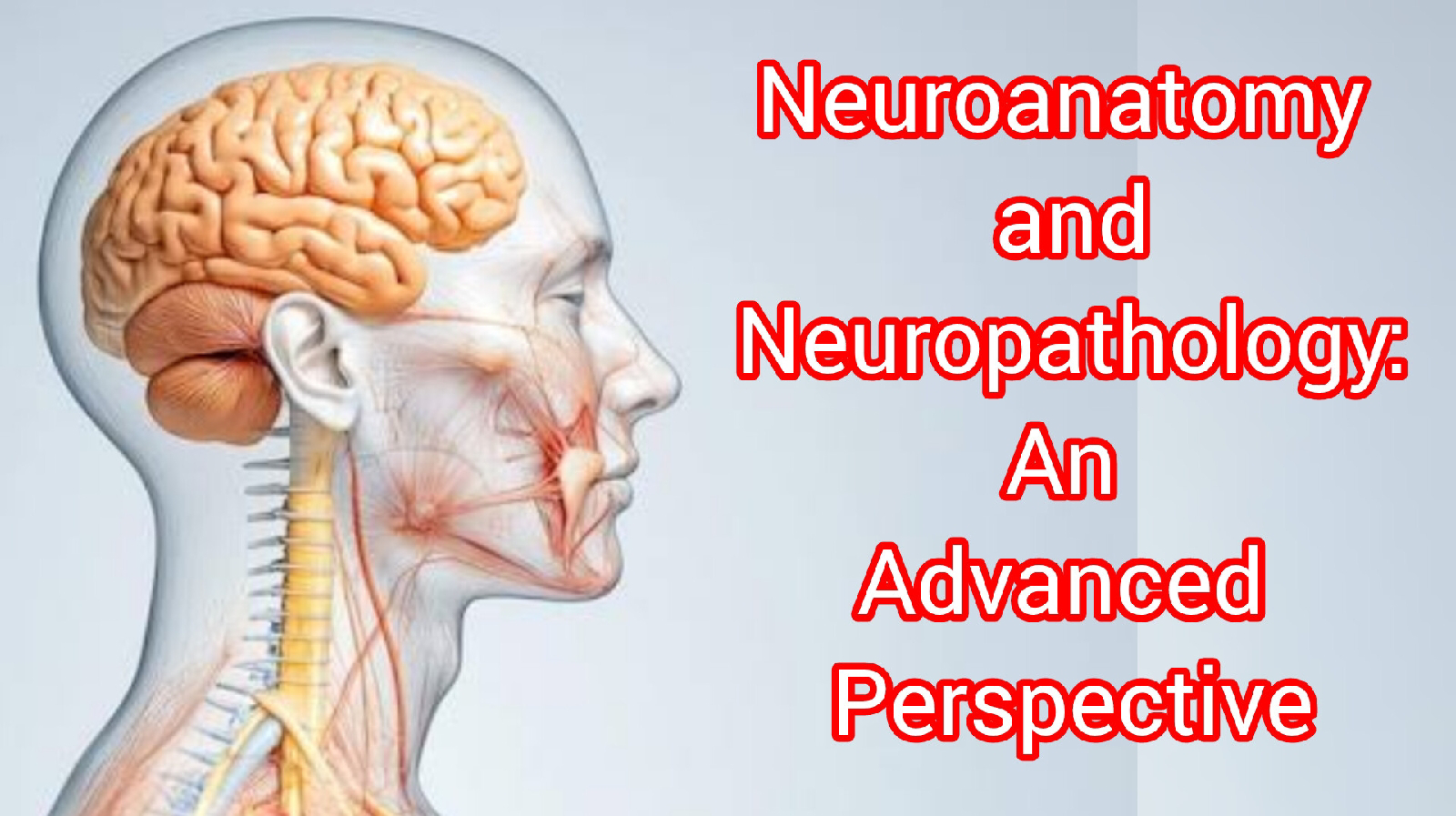Neuroanatomy is the scientific study of the structure and organization of the nervous system, which encompasses the central nervous system (CNS) comprising the brain and spinal cord, and the peripheral nervous system (PNS). The brain itself is divided into major regions such as the cerebrum, cerebellum, and brainstem, each with specialized functions. The cerebrum is further categorized into lobes: frontal, parietal, temporal, and occipital, with each lobe associated with specific functions like cognition, sensory processing, and motor coordination.
Neuroanatomical structures are intricately organized at both macroscopic and microscopic levels. At the cellular level, the nervous system comprises neurons, the primary signalling units, and glial cells, which provide structural and functional support. Synaptic connections between neurons facilitate communication within neural networks, enabling complex processes such as learning and memory.
The spinal cord, extending from the brainstem, is organized into segments that control motor and sensory functions through nerve roots. The PNS further branches into the somatic and autonomic nervous systems, which govern voluntary movements and involuntary physiological processes, respectively.
Neuropathology
Neuropathology involves the study of diseases and disorders of the nervous system, examining structural and functional changes that result from injury, degeneration, infection, or malignancy. Neuropathological investigation integrates macroscopic examination (e.g., atrophy, lesions) with microscopic analysis (e.g., cellular degeneration, gliosis) to understand disease mechanisms.
1. Neurodegenerative Disorders
Diseases like Alzheimer’s, Parkinson’s, and Huntington’s are characterized by progressive neuronal loss and protein misfolding. Alzheimer’s disease involves amyloid plaques and neurofibrillary tangles, predominantly in the hippocampus and cortex, leading to cognitive decline. Parkinson’s disease is marked by dopaminergic neuronal loss in the substantia nigra and the presence of Lewy bodies, causing motor dysfunction.
2. Neurovascular Pathologies
Stroke, resulting from ischemia or haemorrhage, is a major neuropathological concern. Ischemic strokes lead to infarction and necrosis, whereas hemorrhagic strokes result in hematoma formation and elevated intracranial pressure. Both conditions disrupt neural circuits and can cause widespread damage.
3. Infectious Diseases
Neuropathological conditions like meningitis and encephalitis arise from bacterial, viral, or fungal infections. Infections can cause inflammation, oedema, and neuronal damage. Pathogens such as Neisseria meningitidis or Herpes simplex virus are common culprits.
4. Traumatic Brain Injury (TBI)
TBI leads to focal and diffuse injuries, including contusions, hematomas, and diffuse axonal injury (DAI). Chronic traumatic encephalopathy (CTE) is a progressive neurodegenerative condition associated with repeated TBI.
5. Tumors
Neuropathology also examines primary and metastatic brain tumours, such as gliomas, meningiomas, and medulloblastomas. Tumours disrupt neuroanatomical integrity and often involve mutations in oncogenes and tumour suppressor genes like TP53.
6. Autoimmune and Demyelinating Disorders
Conditions such as multiple sclerosis (MS) are characterized by immune-mediated demyelination in the CNS. Neuropathological findings include sclerotic plaques and loss of oligodendrocytes, which impair neuronal signalling.
Integration of Neuroanatomy and Neuropathology
Understanding neuropathology requires a comprehensive knowledge of neuroanatomy to identify the affected regions and their functional implications. For example, a lesion in the prefrontal cortex can affect executive functions, while damage to the basal ganglia disrupts motor control. Advances in neuroimaging techniques, such as MRI and PET, allow for in vivo mapping of structural and functional abnormalities, providing insights into disease progression and therapeutic interventions.
Conclusion
The interplay between neuroanatomy and neuropathology underscores the importance of an integrated approach to studying the nervous system. By elucidating the structural and functional disruptions associated with neurological diseases, researchers and clinicians can develop targeted interventions to mitigate their impact and improve patient outcomes.






















.jpg)



No comments:
Post a Comment